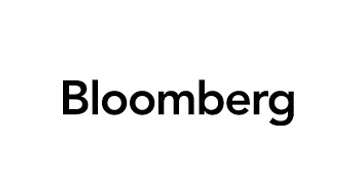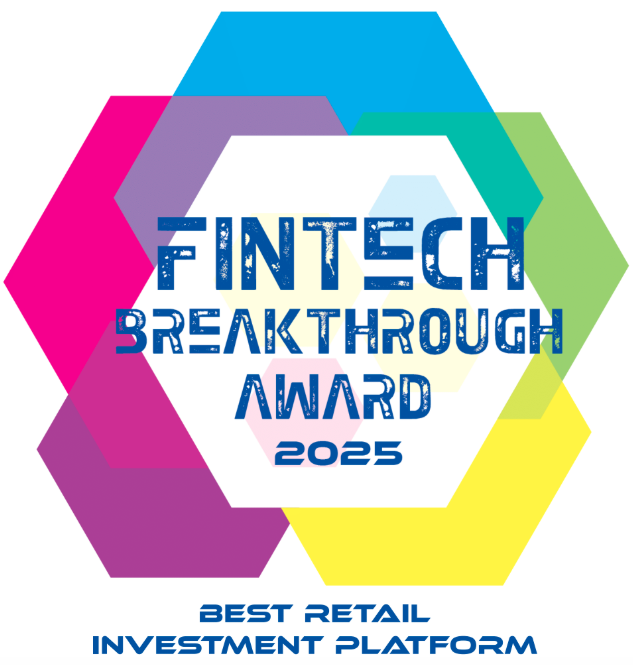While the dust may have settled for many startups directly impacted by SVB’s collapse, the reverberations continue to impact the broader venture market. In a market facing rising rates and continued inflation, there are valid reasons for trepidation. Yet, with the NASDAQ rallying over 27% year-to-date and the VIX trading at 13, a level it hasn’t reached since January of 20201, there are signs of hope. So what does this actually mean for private companies and the IPO market? Here we’ll unpack this and explain why the current market conditions may, in fact, create a path for more IPOs.
Private companies have three main avenues by which they can raise capital: an IPO, a primary capital raise or debt financing. All three of these avenues have been impacted by macroeconomic uncertainty and the banking crisis. Macro uncertainty has led many private companies to table their IPO plans until the market environment improves. Because of this, we’ve seen IPO proceeds drop 61% year-over-year2. Yet, there are over 1200 unicorn companies (valued at +$1B), many of whom are waiting on the sidelines until markets improve. That’s a lot of pent up demand for liquidity. Most of these companies will wait for a prolonged rally in tech stocks, more certainty around rates and inflation and ultimately the successful IPO of a blue chip tech start up to lead the way. For now, the IPO market remains quiet.
Given this backdrop, companies may choose to raise capital while private via a primary funding round. While venture capital firms have record levels of dry powder to deploy, they are being increasingly judicious about how they deploy this capital. Pitchbook estimates that for every $3.13 demanded by late-stage founders, there is just $1 of capital available with dealmaking by count and volume both down year-over-year3. For companies who are able to raise capital, this may likely come as a “down round,” especially if they last raised capital in the market heyday of 2021. The private secondary market is already reflecting the new market norm with companies trading at an average 40% discount4 to their last funding round on EquityZen’s platform. These prices largely mirror what occurred in the public markets last year, but have yet to be widely formalized through primary funding rounds. Of course the story is not uniform across industries and companies. In some of the most in-demand industries amongst our investors like artificial intelligence and fintech, some companies are trading at lesser discounts. The same story is true for companies that raised new funding in the past year. Nonetheless, we expect to see more announcements of down rounds in the coming months. While this may be a tough pill for some companies to swallow, it will allow for a healthy reset in the venture markets, which should spur additional primary and secondary activity.
Finally, instead of an IPO or primary raise, companies could always raise debt capital, but this market has changed too. Silicon Valley Bank was the lender of choice to the startup community. In their absence, there is yet to be another player to fill their shoes. Rate hikes have also made this financing option much more costly than before. Both of these factors have resulted in a tighter credit market for private companies.
So what happens from here? These compounding factors may, in fact, lead private companies to IPO, and we’re seeing some buds of optimism. Kenvue, the U.S.’s largest IPO since Rivian in 2021, went public last month raising $3.8B in IPO proceeds and finishing up 22% after its first day of trading5. Arm, the British microchip company backed by Softbank, confidentially filed for a U.S. IPO in late April, reportedly seeking to raise $8-10B. With sales reportedly up 28% in its most recent quarter6, they may be in a strong position to test public market appetite. Perhaps these are the indicators, and hopeful success stories, that other private companies have been waiting for as they consider their own public market debut. To make sure they are ready, many private companies are quietly putting the people and processes in place in preparation.
While we wait to see who may dip their toe in the IPO market, the need for near-term liquidity for early employees and shareholders still exists. At EquityZen, we’ve worked with hundreds of private companies to help facilitate shareholder liquidity and alleviate some of the exit pressure they may be experiencing. This liquidity allows strong companies to continue to grow on their terms, not beholden to an exit pathway that doesn’t align with their business goals. It also allows shareholders the flexibility to control their financial outcomes regardless of when an exit may happen. Finally, it enables investors to invest in growing companies, potentially at attractive discounts, long before they may be publicly listed. While we don’t have a crystal ball to know when the funding market may change, we do know that the current market necessitates secondaries.
Sources
- As of June 8, 2023
- EY, 2023
- Pitchbook, April 30, 2023
- EquityZen data, as of April 2023
- CNBC, May 4, 2023
- Reuters, April 29, 2023







